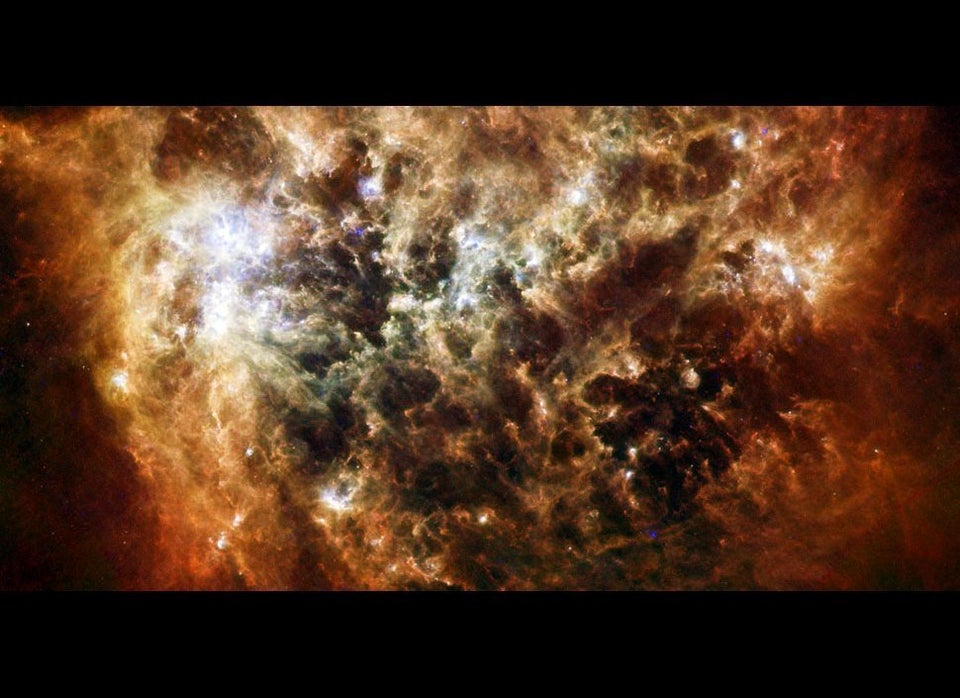
Spiral galaxies like our Milky Way (a barred spiral galaxy) are nothing special--in fact, they're the most common type of galaxy. But astronomers are buzzing about the recent discovery of a very unusual spiral galaxy that sports big jets of subatomic particles that stream outward at nearly the speed of light.
Known formally as J1649+2635, the galaxy is located about 800 million light-years from Earth and is only the fourth spiral galaxy with jets (or lobes) ever observed, according to a written statement issued by the National Radio Astronomy Observatory (NRAO).
"The conventional wisdom is that such jets come only from elliptical galaxies that formed through the merger of spirals," Dr. Minnie Mao, a postdoctoral fellow working for NRAO in Socorro, NM, said in the statement. "We don't know how spirals can have these large jets."
Jets like those seen in J1649+2635 form when some of the matter in a spinning "accretion disk" around the supermassive black hole at the heart of the galaxy is ejected outward. The disruption of gas that occurs when spiral galaxies merge to form an elliptical galaxy is believed to fuel the ejection process. But the same disruption destroys any spiral structure--at least according to widely accepted theory.
The discovery of this galaxy that Mao calls a "strange beast" gives rise to lots of questions.
"Did it have a unique type of merger that preserved its spiral structure?" she asked in the statement. "Was it an elliptical that had another collision that made it re-grow spiral arms? Is its unique character the result of interaction with its environment?"
The discovery was made by more than a dozen researchers, including Mao and Ryan Duffin, a University of Virginia undergraduate working as a summer student at NRAO. The researchers were assisted by hundreds of citizen-scientists who pitched in via an online initiative known as Galaxy Zoo to analyze images of galaxies taken by both radio and optical telescopes.
A paper describing the discovery will be published in an upcoming issue of the Monthly Notices of the Royal Astronomical Society.
Correction: A previous version of this article reported that the galaxy is located 800 light-years away. It has been corrected to report that, in fact, the galaxy is located nearly 800 million light-years from Earth.

